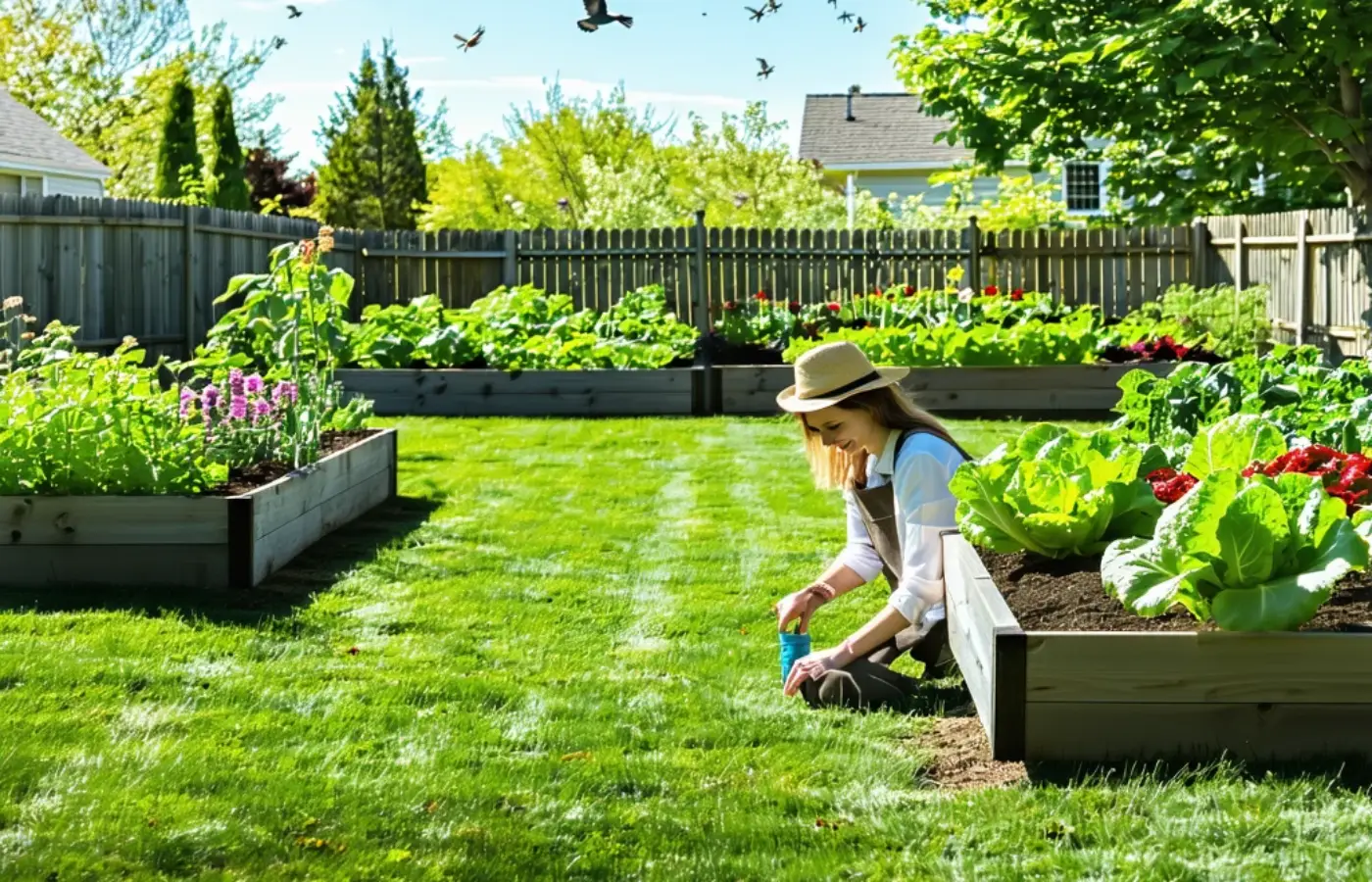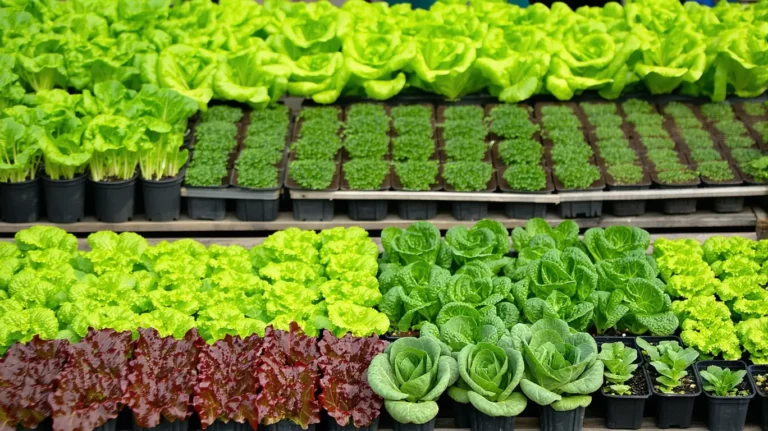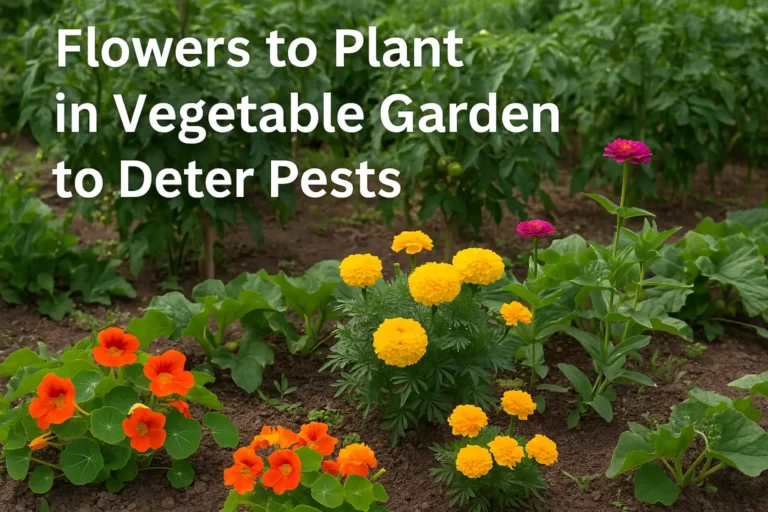
April Gardening in the U.S.: What to Do Now for a Thriving Garden
But gardening in April isn’t one-size-fits-all. The U.S. spans a wide range of climates—from snowy northern zones to sun-drenched southern ones.
That’s why understanding your USDA Hardiness Zone is the first step toward success. Knowing your zone allows you to tailor your planting schedule, choose appropriate crops, and avoid costly mistakes caused by late frosts or premature sowing.
Summary of this article
Spring Starts in the Soil
In nearly every part of the country, April is the ideal time to prepare your garden beds. Begin by removing any debris left over from winter—dead leaves, broken branches, or annual plants that didn’t survive.
Turning and amending your soil is equally important.
After months of dormancy, your soil needs nourishment. Add compost, well-aged manure, or organic fertilizer to enrich the soil and support strong root development.
For gardeners in colder climates, like the Northeast or Upper Midwest, the soil may just now be warming enough to work.
Use a soil thermometer to check for consistent temperatures above 40°F for cool-season crops, and above 60°F for warm-season ones.
In southern and coastal regions, where the growing season starts earlier, you may already be planting warm-weather crops and focusing on weed control and watering.
Planting the Right Crops at the Right Time
In the northern states, such as Montana, Michigan, or Vermont, April is prime time for sowing cool-weather vegetables like spinach, lettuce, radishes, peas, and onions.
These crops can handle mild frosts and actually perform better in the cooler days of early spring.
Meanwhile, in southern zones like Florida, Texas, and parts of California, gardeners are already planting tomatoes, cucumbers, corn, beans, and peppers directly into the ground.
In these areas, April is more of a continuation of spring than its beginning.
You may even be seeing early flowers or harvesting herbs like cilantro or parsley that were seeded in February or March.
In the Pacific Northwest, known for its wet spring weather, gardeners focus on planting root crops like carrots, beets, and potatoes while keeping an eye on drainage and slug damage.
It’s also a great time to start tomatoes and peppers indoors for transplanting in May.
If you’re somewhere in between, like the Mid-Atlantic or Midwest, you might be doing a bit of both: sowing peas and leafy greens outdoors while nurturing your heat-loving crops indoors on sunny windowsills or under grow lights.
Caring for Your Garden Now
While planting is exciting, care and maintenance are what keep your garden healthy. April is a good month to mulch around your perennials and in your vegetable beds.
Mulch retains moisture, suppresses weeds, and keeps the soil temperature steady as it warms up.
Now’s also the time to inspect your irrigation systems. Drip lines, hoses, and sprinklers may need flushing or repairs after winter.
As rainfall becomes less predictable in many parts of the U.S., having a consistent watering system in place can make all the difference.
Don’t forget your tools—clean and sharpen your pruners, hoes, and spades to make your work easier and healthier for your plants. Dull tools can damage stems or roots, while dirty ones can transfer disease.
Flowers, Pollinators, and the Beauty of Bloom
April isn’t only about vegetables. It’s also the month when flower beds begin to come alive. Hardy annuals like pansies, violas, and calendula can go into the ground early, brightening up borders and containers.
Perennials such as daylilies, coneflowers, and hostas can be divided and transplanted now while they’re still dormant or just beginning to sprout.
To support bees, butterflies, and other pollinators, consider planting native flowers that bloom throughout the season.
Milkweed, echinacea, bee balm, and lavender are not only beautiful but essential for pollinator health.
A shallow water dish filled with pebbles offers pollinators a place to drink, while skipping chemical pesticides helps protect the delicate balance of your garden ecosystem.
A Gardener’s Mindset in April
One of the most rewarding parts of gardening in April is the sense of anticipation. You can see the garden’s full potential ahead, and each step you take now brings you closer to a season full of color, flavor, and satisfaction.
Garden expert Sarah Mitchell from Missouri once said, “April is about patience and preparation. What you do now doesn’t pay off tomorrow—it blooms weeks or even months later. But when it does, it’s worth every minute.”
Whether you’re a seasoned grower or a first-time planter, April offers a fresh beginning. Listen to your soil, watch the sky, and let the rhythm of spring guide your hands.



Laisser votre commentaire